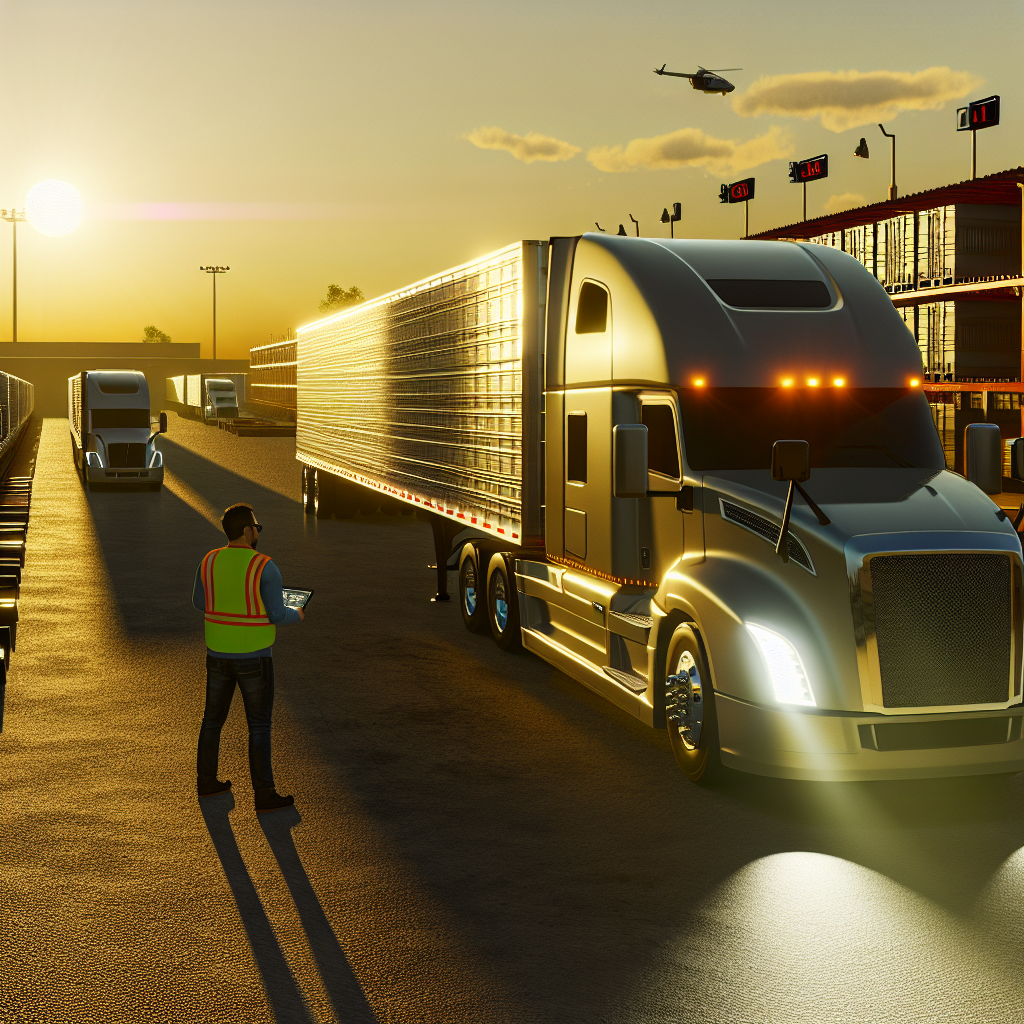At Trimble’s Insight conference in New Orleans this week, executives and customers confronted a freight market that still isn’t giving carriers much to cheer about. The headline takeaway: volumes remain under pressure and the available driver pool is thinning — a combination that’s forcing fleets to squeeze more productivity from every mile and every back-office workflow. That readout tracks with what carriers have lived for much of 2025: choppy tenders, stubbornly muted demand and ongoing attrition among small operators. ([]())
Trimble’s response is to lean harder into automation. On Monday, the company unveiled an overhauled, cloud-native Transportation Management System with modular “Order” and “Capacity” components in limited release, alongside new AI agents to ingest orders from emails and PDFs, accelerate roadside maintenance calls and automate invoice capture. The company also expanded integrations across major in-cab and telematics providers — a nod to fleets’ desire to harmonize data without ripping out existing hardware. The strategy signal is clear: if freight is scarce and staffing is tighter, software has to pick up slack between shippers, brokers and carriers.
Those product moves sit against a regulatory backdrop that is about to demand fresh capital and planning. The Environmental Protection Agency told Commercial Carrier Journal it will keep the 2027 start date for its heavy‑duty NOx standards, even as it prepares “major changes” to program requirements via a proposal due in spring 2026. Translation for fleets: the timeline remains, even if some compliance burdens are adjusted — and that keeps the prospect of prebuy dynamics and higher equipment total cost of ownership squarely on the 2026–2027 horizon.
Meanwhile, fuel — the industry’s most variable cost — isn’t offering much certainty. Oil prices steadied Tuesday after a sharp sell‑off, reflecting worries about oversupply and shifting producer guidance. For carriers, that volatility can whipsaw retail diesel and surcharge math in the weeks ahead, complicating bid strategies just as many shippers finalize early‑2026 contracts.
Why this matters now: if freight is soft and the driver population is sliding, margin preservation will hinge on tighter orchestration. Trimble’s AI‑first TMS and workflow agents aim to chop manual keystrokes out of order intake and settlement, consolidate driver communications and speed maintenance triage — practical levers when dispatch desks are leaner and drivers have options. Expanded integrations with Platform Science, Samsara, ISAAC, Geotab and Solera also lower adoption friction for fleets that can’t afford disruptive changeovers in a fragile market.
What to watch next for trucking leaders: first, track how EPA’s 2026 proposal reshapes the cost curve for 2027 engines; even incremental adjustments could sway prebuy timing and used equipment values. Second, monitor fuel’s trajectory; a few weeks of wholesale moves typically trickle into pump prices, with lag, and can flip lane‑level profitability. Third, pressure‑test back‑office workflows now; early pilots of AI order intake and invoice automation can bank cycle‑time gains before volumes re‑accelerate. And finally, stay close to driver experience — a thinner pool magnifies the ROI on tools that reduce dwell, improve communication and cut administrative friction.
Sources: FreightWaves, Trimble Newsroom, Commercial Carrier Journal, Reuters
This article was prepared exclusively for TruckStopInsider.com. Republishing is permitted only with proper credit and a link back to the original source.




